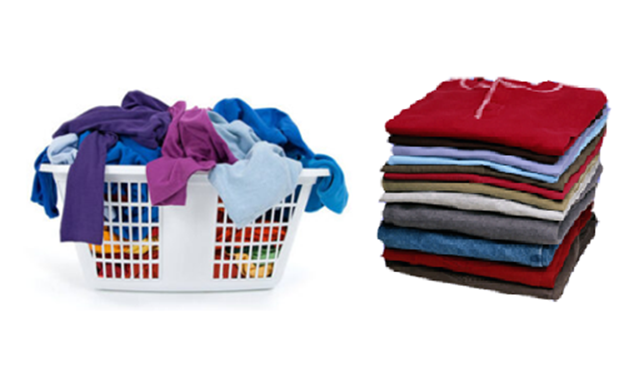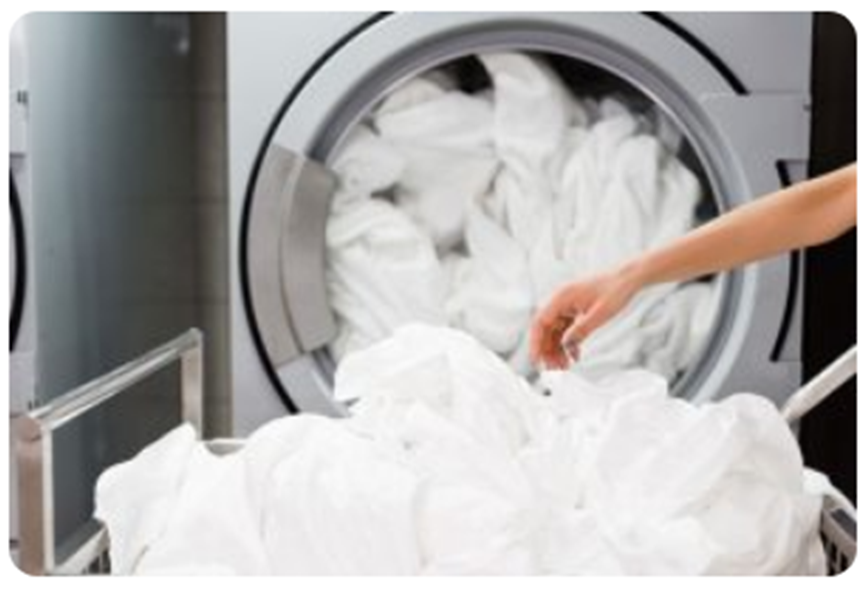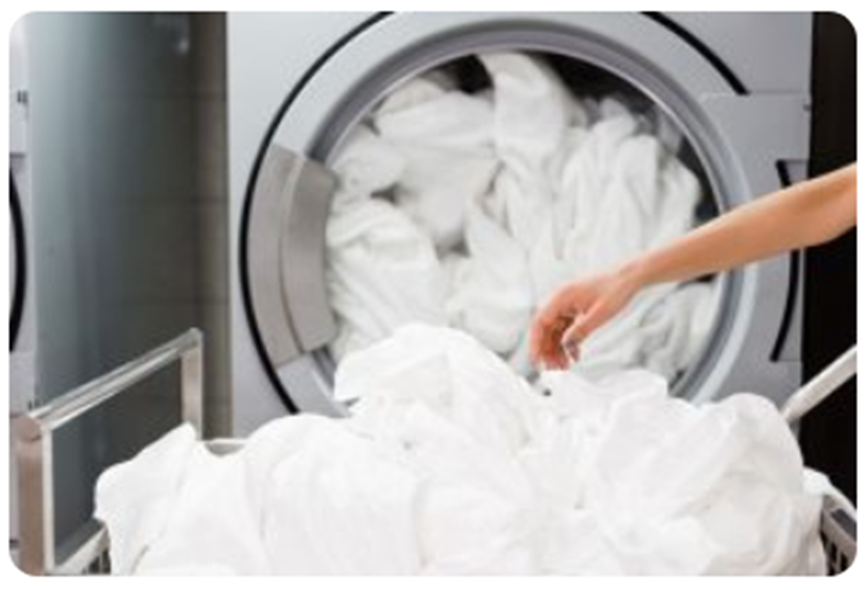We Service
NJ & NY
M-F 9.am-6.pm Sat 9.am-3.pm
We Service
M-F 9.am-6.pm Sat 9.am-3.pm
We Service
NJ & NY
RESIDENTIAL & COMMERCIAL
AIR DUCT & DRYER VENT CLEANING SERVICE
RESIDENTIAL & COMMERCIAL
AIR DUCT & DRYER VENT CLEANING SERVICE
We live in a world where healthy living has become a way of life. We diet and exercise to make ourselves feel better. We have also taken an environmental issues to make our world a cleaner and safer place to live.
Yet the most overlooked issue is the air that we breathe.
The Environmental Protection Agency claims that indoor air has been found to be up to 70 times more polluted than outdoor air.
Now consider that most people spend between 60% to 90% of their time indoors. The facts can be quite alarming.
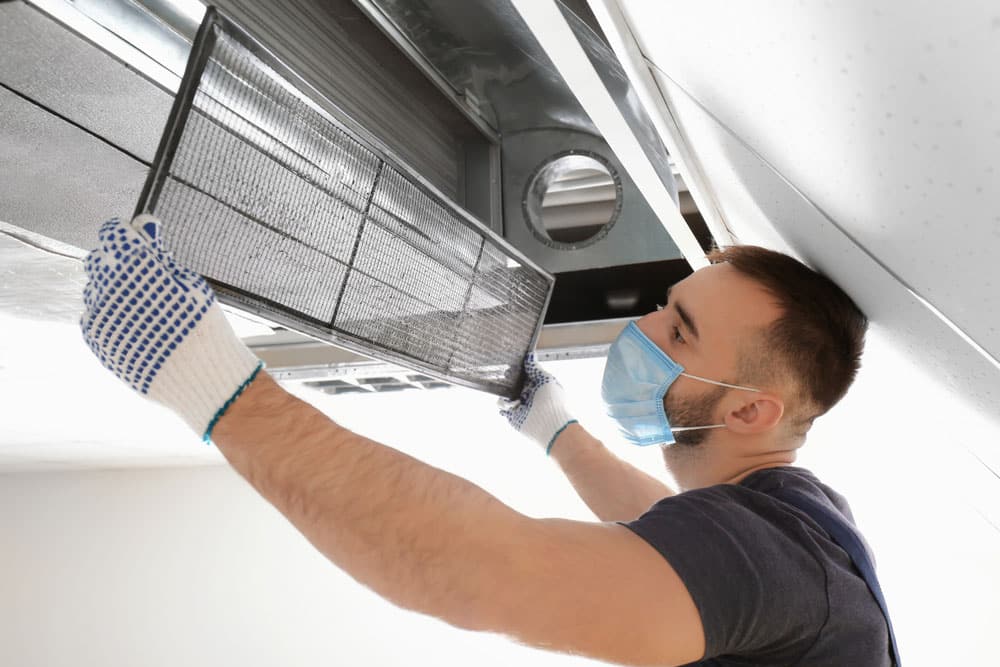
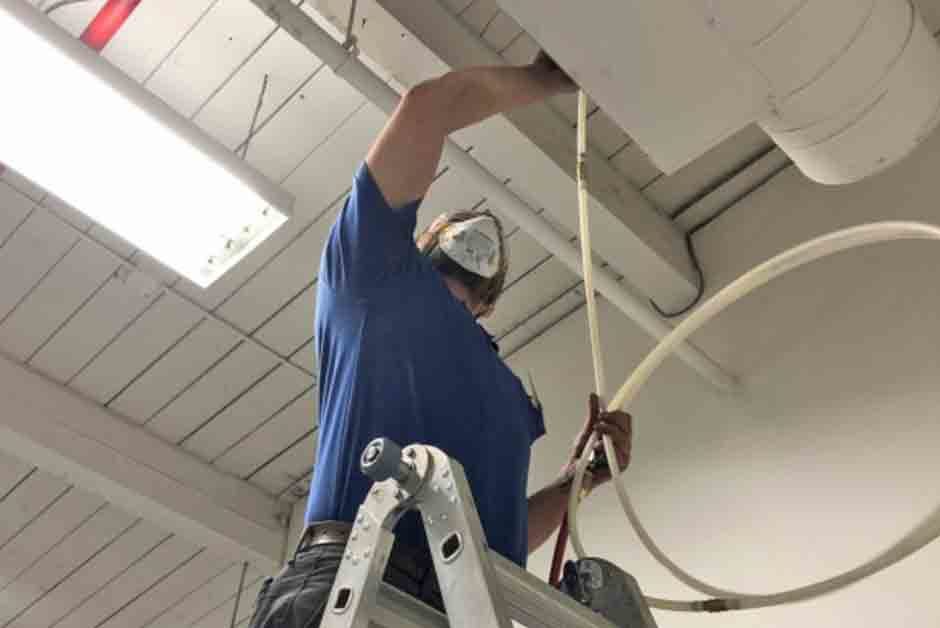
The National Safe Workplace Institute,(article: “Beyond Neglect: The Problem of Occupational Disease in the U.S.”), claims 71,42S people died from occupational diseases in 1987. Occupational disease clearly is a much larger cause of preventable death than motor vehicle accidents, homicide, AIDS, drowning, fires, commercial airline accidents, and storms. Ventilation systems in modern office buildings were blamed for up to half of all occupational illnesses. Energy-efficient ventilation systems take in only limited amounts of fresh air. As a result, old air is continually recirculated, causing a buildup of cold germs, cigarette smoke and substances emitted from copier machines, furniture and carpeting (such as ozone, benzene, styrene and formaldehyde).”
The Environmental Protection Agency (EPA), during 1989, found that “health threatening volatile organic compounds can be found in concentrations 100 times higher in enclosed spaces than outdoors. Even if a building is next to a major outdoor polluting source, the levels of pollution inside the building will be two to five times higher indoors than outdoors.”
The Wall Street Journal, October 9, 1989 wrote: “As Scientists hone in on their ability to determine what levels of contamination make people sick, lawsuits are expected to grow sharply. In December 1986, South Florida Savings Bank moved from a new building after employees complained of nausea, chest pains and fatigue. If it had been established later that the employee’ illnesses were building-related, the thrift might have been held liable.”
The Boston Globe, May 14, 1989 quotes an official of the Harvard School of Public Health; “Of course, indoor pollution is the largest public health problem we have, some people say it’s responsible for as high as 60 to 70 percent of all illness.” “The real solution to indoor air pollution is getting rid of the sources.”
The Commonwealth of Massachusetts Special Legislative Commission on indoor air pollution, April, 1989 found that 20% of all office workers in tightly constructed buildings have shown symptoms of Sick Building Syndrome (SBS) or Tight Building Syndrome (TBS).
Air Conditioning, Heating & Refrigeration News, May 11, 1987, wrote:
“Consultant says air ducts have more germs than a chicken coop “
The Consumer Product Safety Commission, “estimates that the problem costs the country as much as $100 billion a year in medical costs and lost days at work.”
The United States Consumer Product Safety Commission has issued a special report detailing the fire hazards related to lint in clothes dryers and dryer vents. Approximately 15,000 fires per year are attributed to excessive lint in dryers and dryer vents. Additionally, dozens of deaths and estimated 97 millions of dollars of property damage occur as a result of these fires. Fires can occur when lint builds up in the dryer or in the exhaust duct. Lint can block the flow of air, cause excessive build-up and can result in a fire in dryers and where they are located.
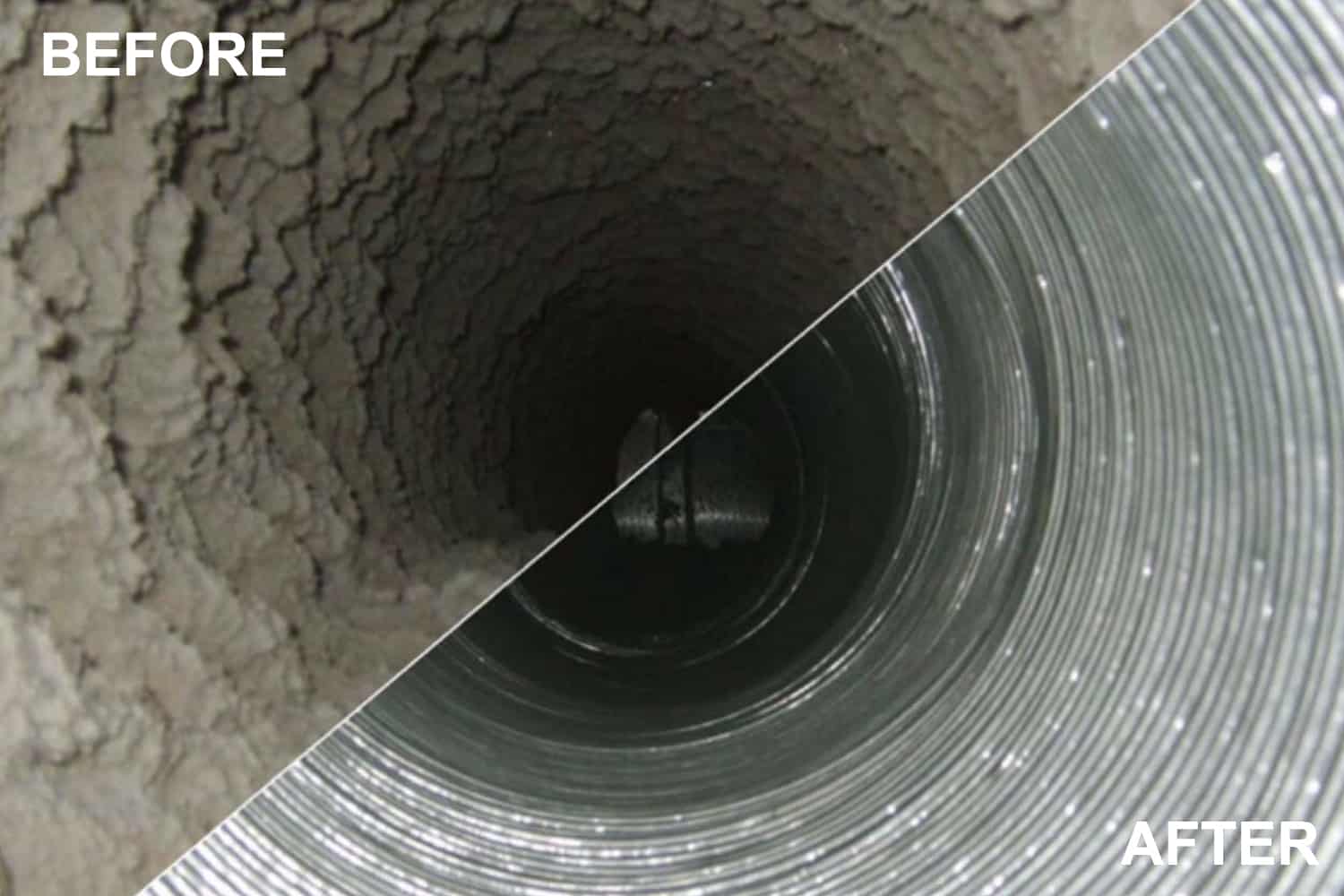
Purchasing a new dryer does not eliminate the potential fire risk inherent in dryer vents. It is the dryer vent itself, clogged with lint and paper particles, that is the primary and most significant fire hazard
Even a cleaned lint screen traps only 70% of the lint produced inside a dryer. The rest of the lint builds up over time inside the dryer vent, becoming a fire hazard. Dryer lint is highly flammable and has the potential to ignite at any time.
Many people are poorly informed about the importance of maintaining their chimney. As a result, improper chimney maintenance causes a substantial number of preventable deaths and injuries each year. The most serious problem resulting from poorly maintained chimneys is carbon monoxide poisoning. Carbon monoxide, produced as gas and oil burn in a vented heating system, is emitted by chimneys and can be life threatening if ingested in large doses. Carbon monoxide poisoning claims about 4,000 lives a year in the U.S. In addition, about 10,000 people are made ill by lower levels of exposure to carbon monoxide. Most cases of carbon monoxide poisoning are due to inadequate ventilation or poor maintenance of appliances, blocked or leaky flues and chimneys. Chimneys can become blocked for various reasons including birds nesting on the chimney, or possible degradation of the flue. A blocked flue can lead to carbon monoxide leaking into your home. For this reason, it is very important to clean one’s chimney. The Chimney Safety Institute recommends that homeowners who light fires in their fireplaces three or more times a week during the heating season should have their chimneys inspected and cleaned once a year.
Blocked Bathroom exhaust vents can lead to severe moisture problems, creating mildew stained walls and ceilings. These vents are also an attractive nesting ground for birds, bees and even squirrels.
